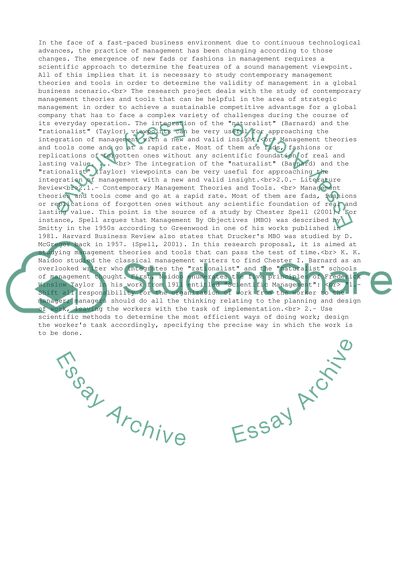Cite this document
(How Can Contemporary Management Theories Help a Global Company Research Proposal, n.d.)
How Can Contemporary Management Theories Help a Global Company Research Proposal. Retrieved from https://studentshare.org/management/1507637-contemporary-management
How Can Contemporary Management Theories Help a Global Company Research Proposal. Retrieved from https://studentshare.org/management/1507637-contemporary-management
(How Can Contemporary Management Theories Help a Global Company Research Proposal)
How Can Contemporary Management Theories Help a Global Company Research Proposal. https://studentshare.org/management/1507637-contemporary-management.
How Can Contemporary Management Theories Help a Global Company Research Proposal. https://studentshare.org/management/1507637-contemporary-management.
“How Can Contemporary Management Theories Help a Global Company Research Proposal”, n.d. https://studentshare.org/management/1507637-contemporary-management.


